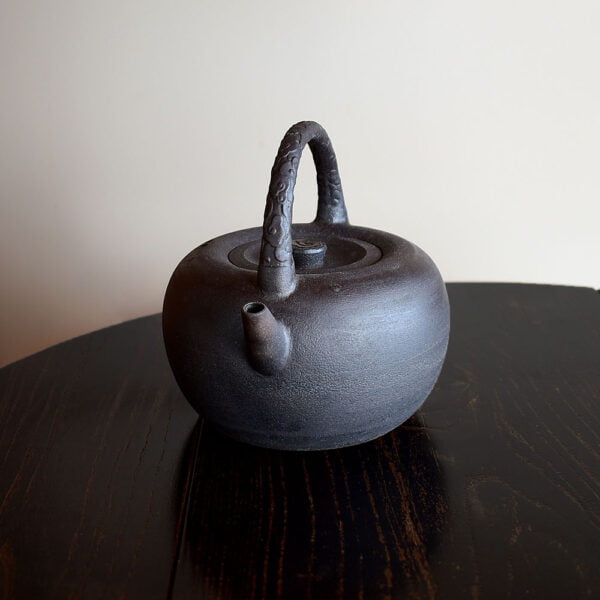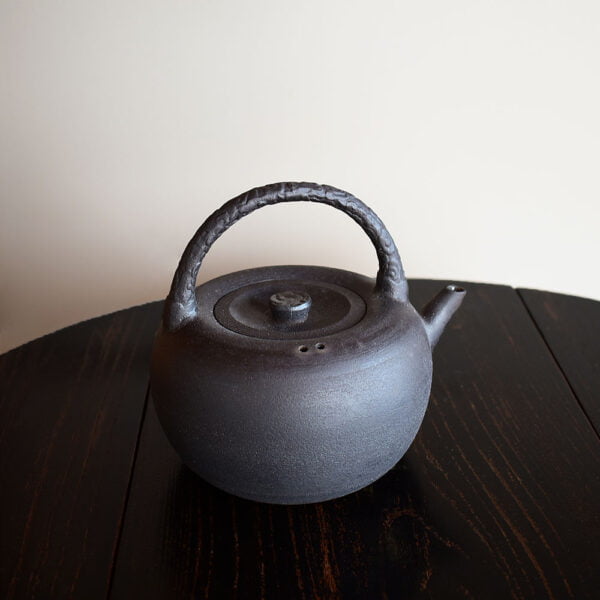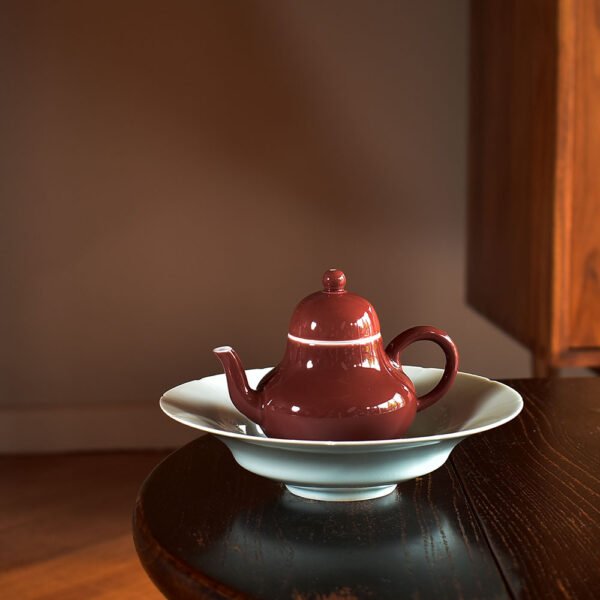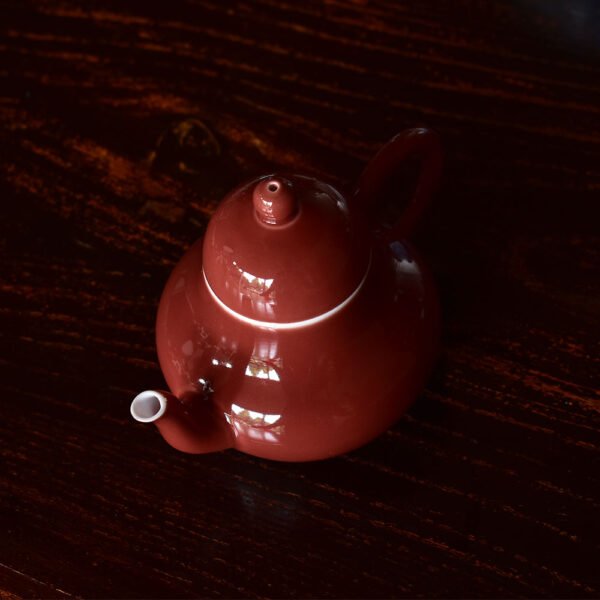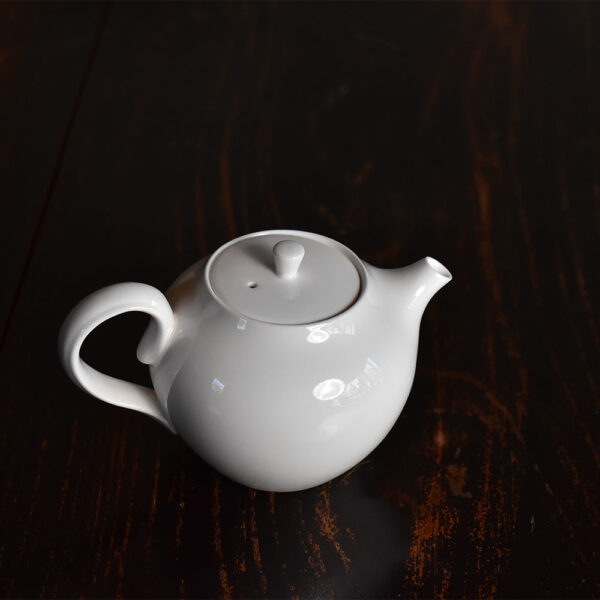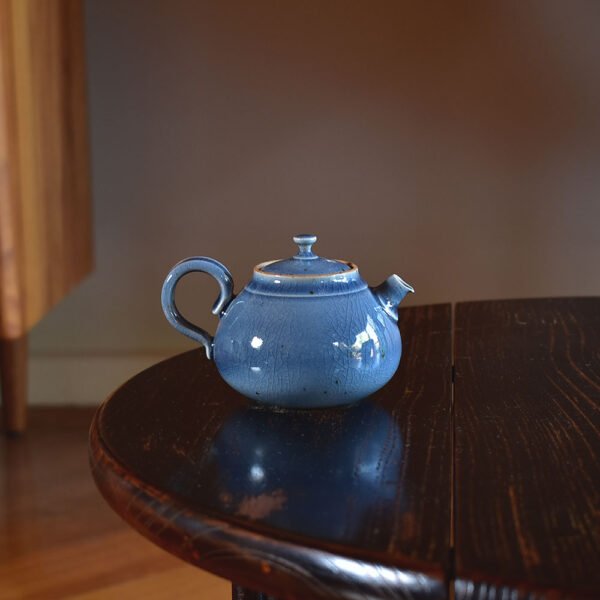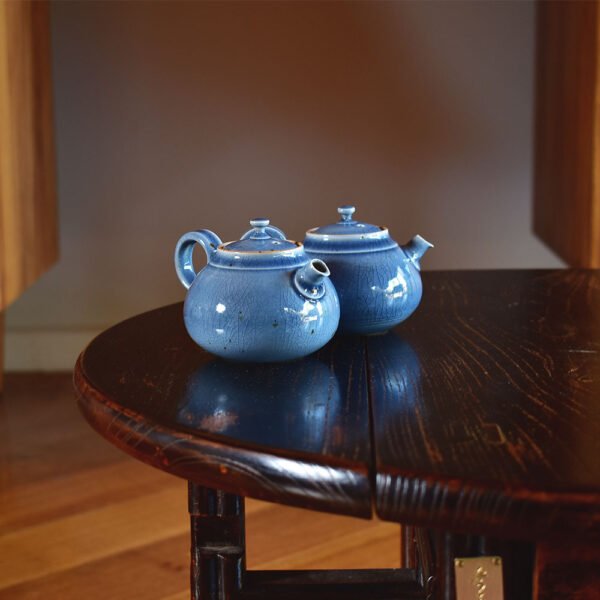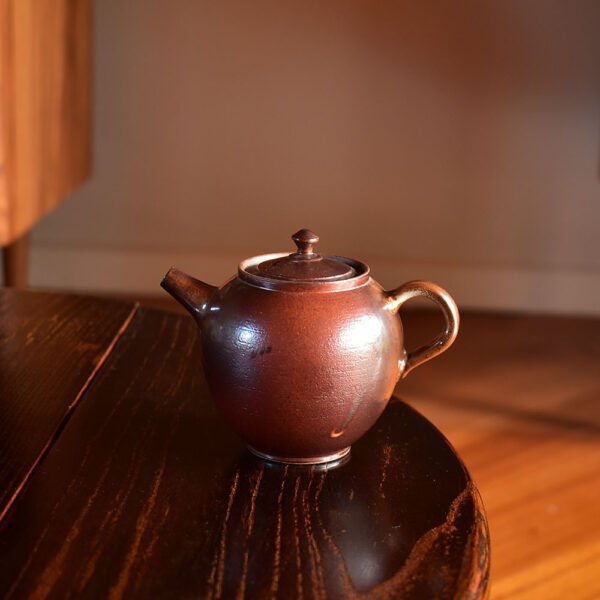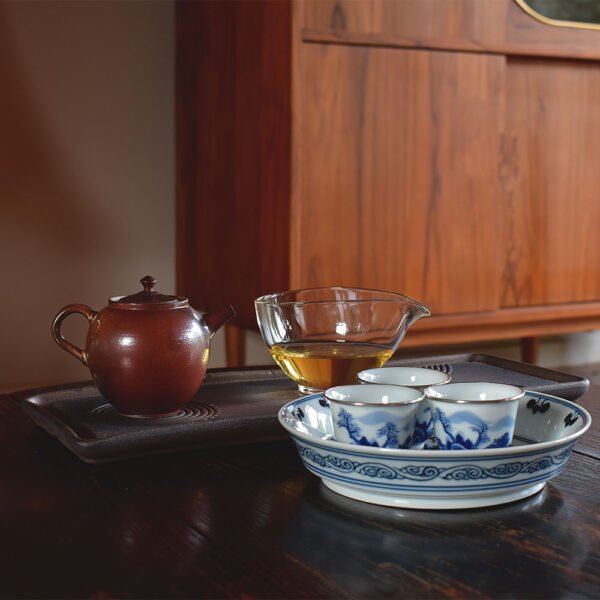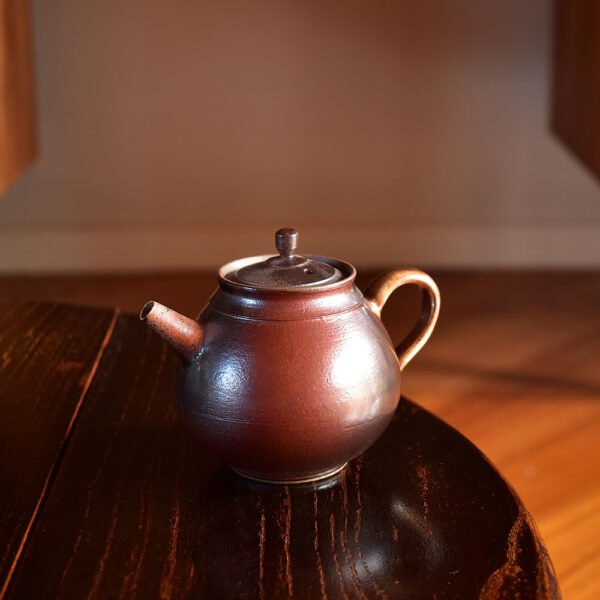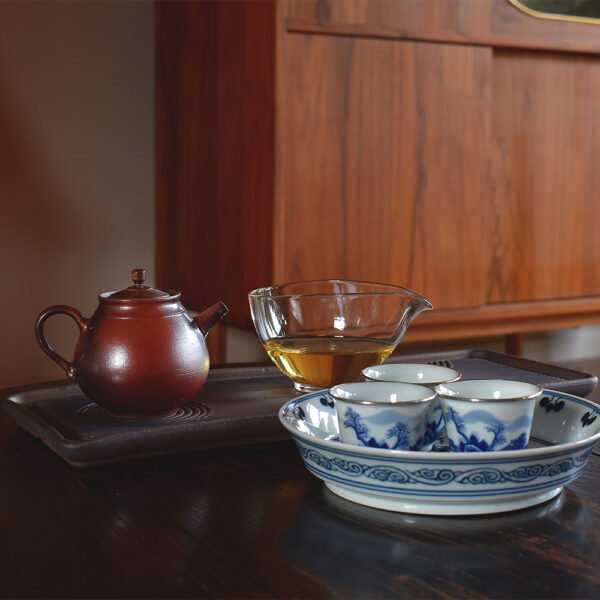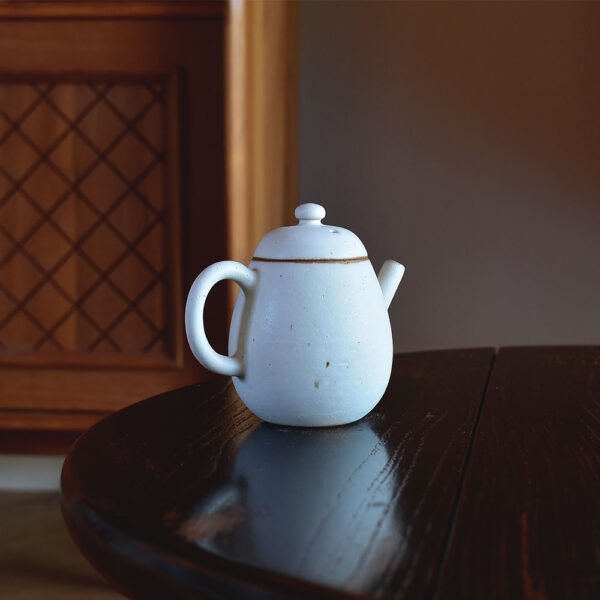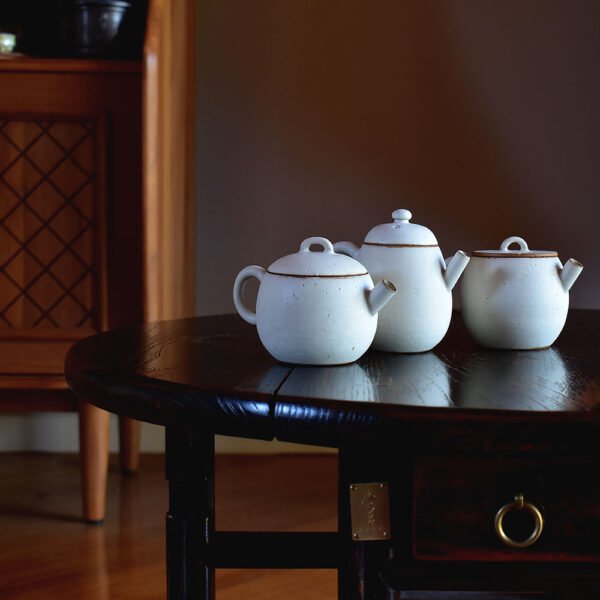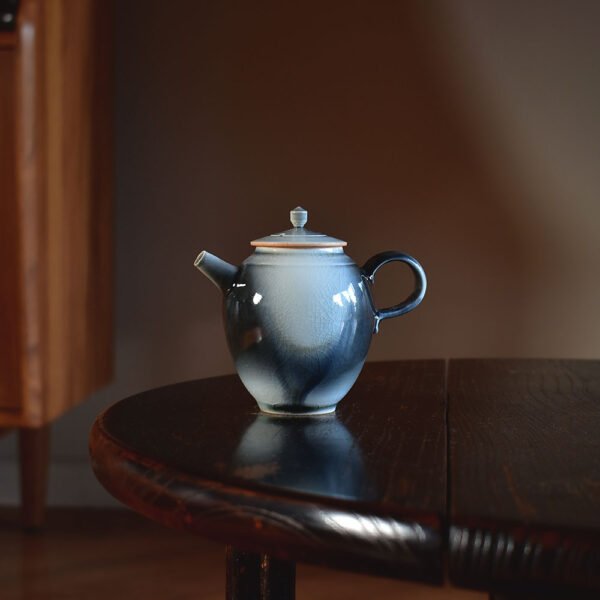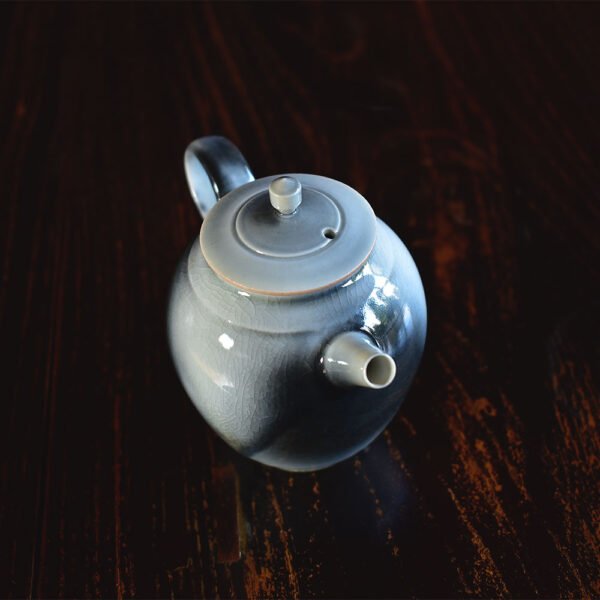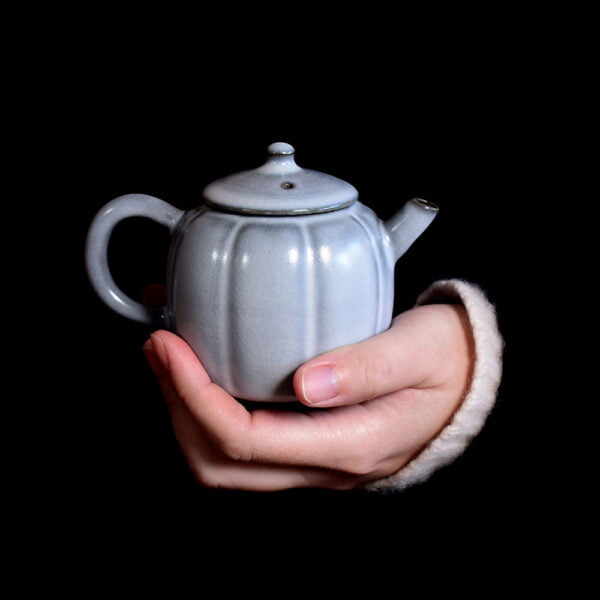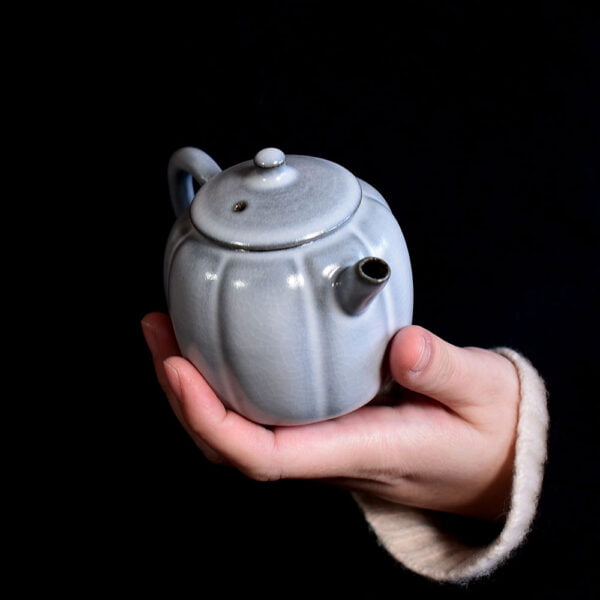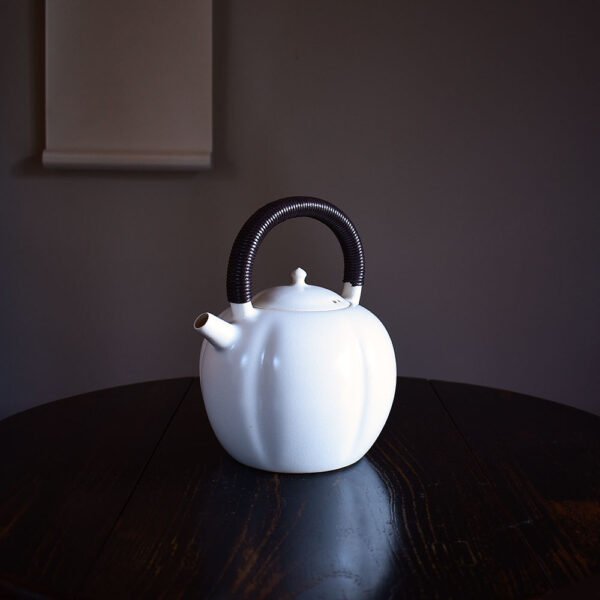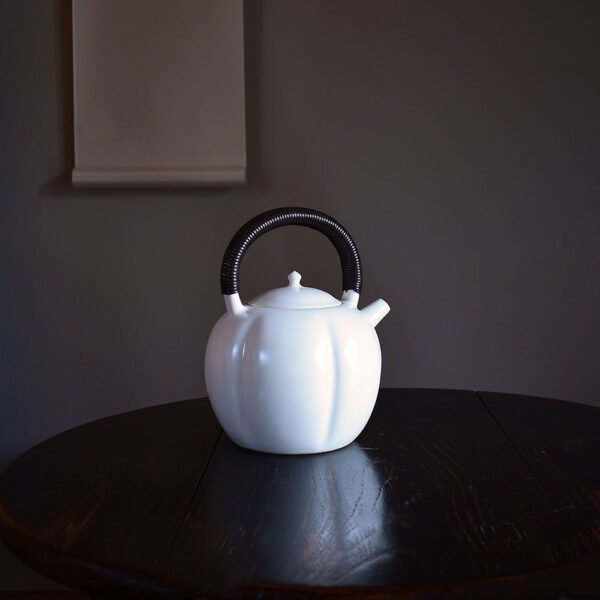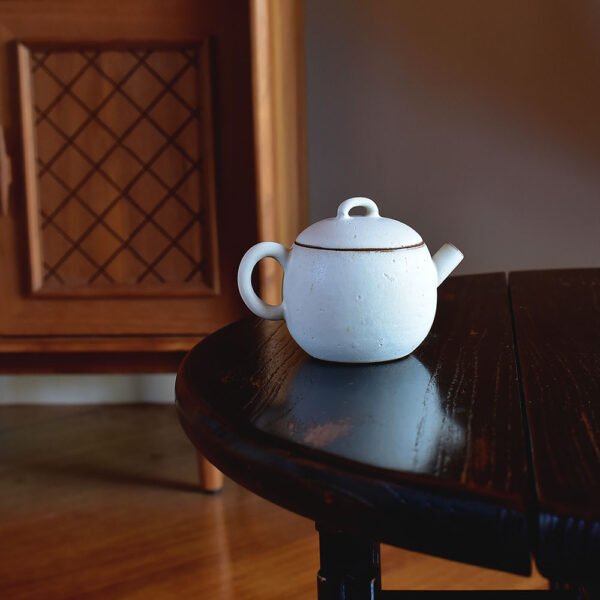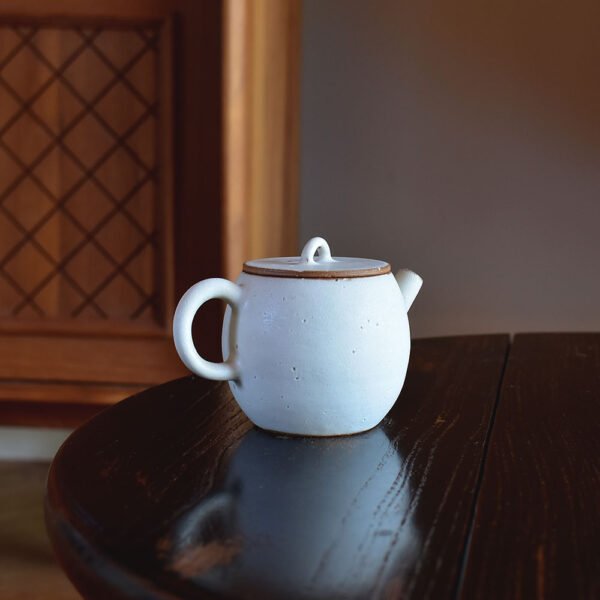At Hey China we know the teapot is more than just a container for the tea; it’s an essential part of the tea making process. Our Chinese tea pots are designed to help you brew the perfect cup every time, bringing delight to your tea brewing experience. Whether you’re a tea connoisseur or just starting out with Chinese tea the right teapot makes all the difference.
What is a Chinese Teapot?
A Chinese teapot is a container designed for boiling water, steeping and serving tea. It’s a must have in any tea lovers collection. Larger teapots are often used for boiling water, smaller teapots are used for brewing tea. These smaller teapots consist of several pieces, such as a cup, lid, and saucer, allowing the tea leaves to infuse with hot water, release their full flavour and aroma and give us the lovely cup we all love.
Teapot Components
A Chinese teapot has four main parts:
- The Lid: Keeps the heat in and the aroma in, so you get a full flavoured brew.
- The Body: The main part of the teapot where the tea leaves and hot water mix. The shape and size of the body can affect the infusion and the taste of the tea.
- The Base: Provides stability to the teapot and is often flat or slightly concave.
- The Handle: For easy handling and pouring, the handle is angled so you can pour smoothly and in control.
In some cast iron teapots, the stock is used as a decorative element, adding to the aesthetic value.
Choosing a Chinese Teapot
When choosing a Chinese teapot it’s important to consider the type of tea you will be brewing as different teas require different conditions. Brewing green tea, for instance, is deeply rooted in cultural traditions and is best enjoyed with teapots specifically designed to enhance its quality and flavor. Chinese tea pots are made from various materials each with its own properties that can affect the taste and tea brewing experience.
Material Matters
- Ceramic and Porcelain: These are the most popular materials for Chinese tea pots as they retain heat and have smooth non-porous surfaces that don’t absorb flavours. Ideal for brewing green, white and black teas. In Japan, the craftsmanship of ceramic and porcelain teapots is highly regarded, and they are very popular among tea enthusiasts.
- Yixing Clay: Yixing clay teapots are highly prized for their ability to absorb the flavours of the tea over time and enhance the depth and richness of subsequent brews. These are usually reserved for oolong and Pu-erh teas where the build up of flavour is part of the experience.
- Glass: Glass teapots are for those who love the visual aspect of tea brewing. The transparency of glass allows you to see the tea leaves unfurl and release their colour, perfect for delicate teas like green or white tea.
- Cast Iron: Known for their durability and heat retention cast iron teapots are perfect for strong full bodied teas. They are often lined with enamel to prevent the tea from coming into contact with the metal and preserve the tea’s natural flavour.
Enjoy Your Tea
The size of the teapot you choose depends on the number of people you are serving. A smaller teapot is for solo tea sessions or for brewing more concentrated tea, a larger teapot is for serving multiple guests. The design and style of the teapot can also add to the tea experience, making it a visual pleasure too.
How to Use a Chinese Teapot
To brew tea with a Chinese teapot, rinse the pot with hot water to warm it up. Add the right amount of tea leaves to the pot, then pour in hot water at the right temperature for the type of tea you are brewing. Put the lid on and let the tea steep for the recommended time. Once the tea is ready, hold the handle and pour the tea into cups, pour evenly to get the same flavour.
Find Your Teapot at Hey China
At Hey China we have a wide range of Chinese tea pots made from the best materials. Whether you are looking for a classic porcelain teapot or a traditional Yixing clay pot, we have something for every tea lover. Browse our collection and find your perfect teapot to elevate your tea brewing. Discover the world of tea appreciation with our teapots, renowned for their global reputation and the immersive experience of traditional tea rituals.

























